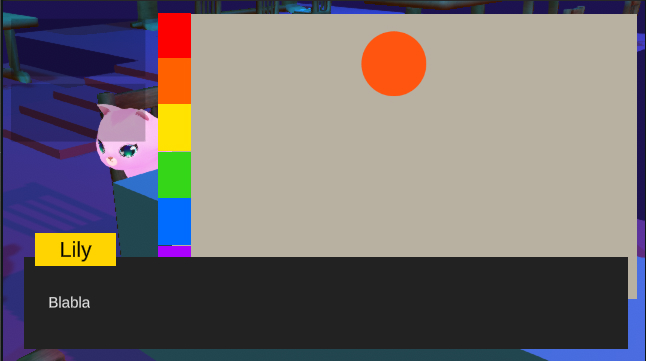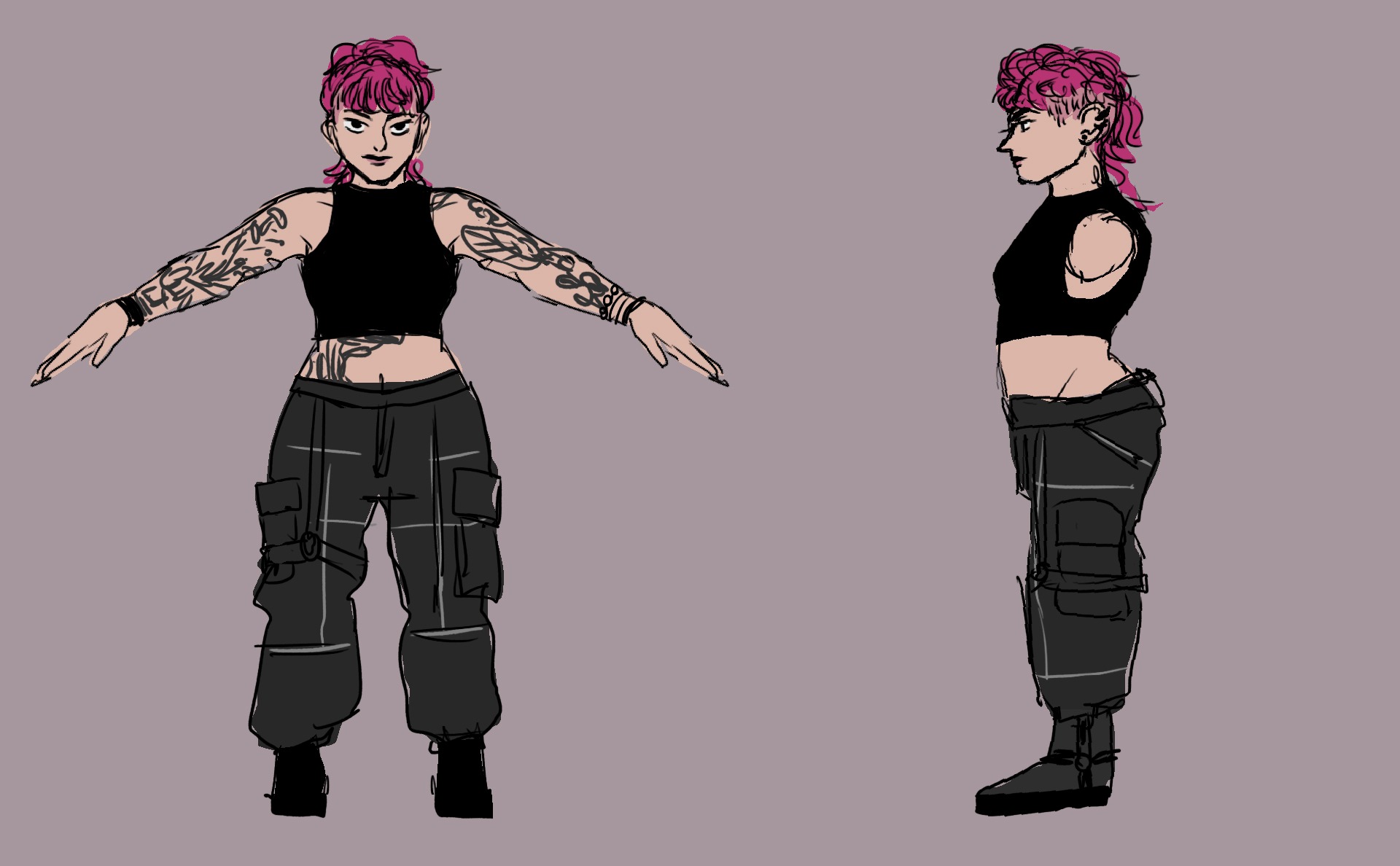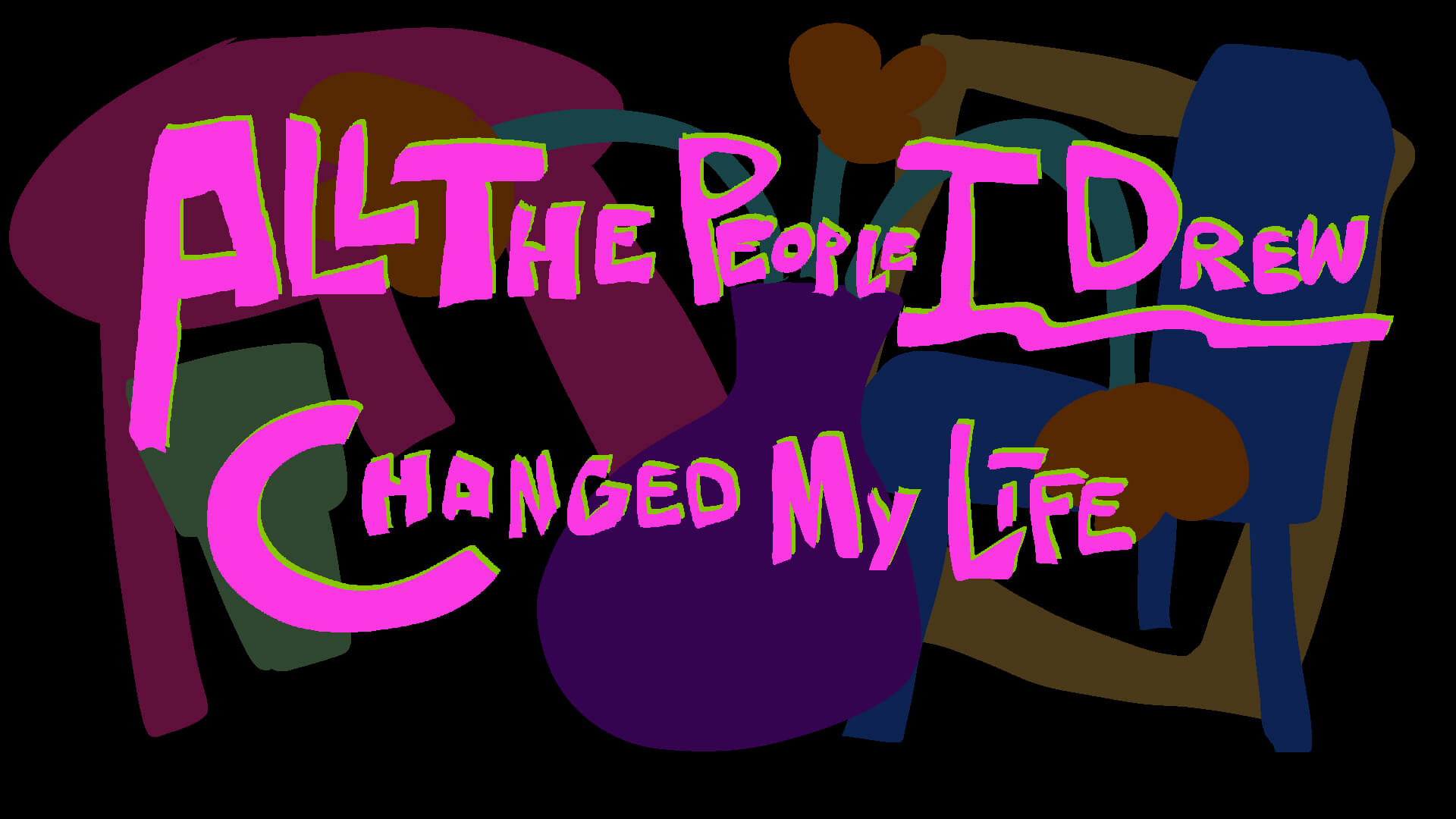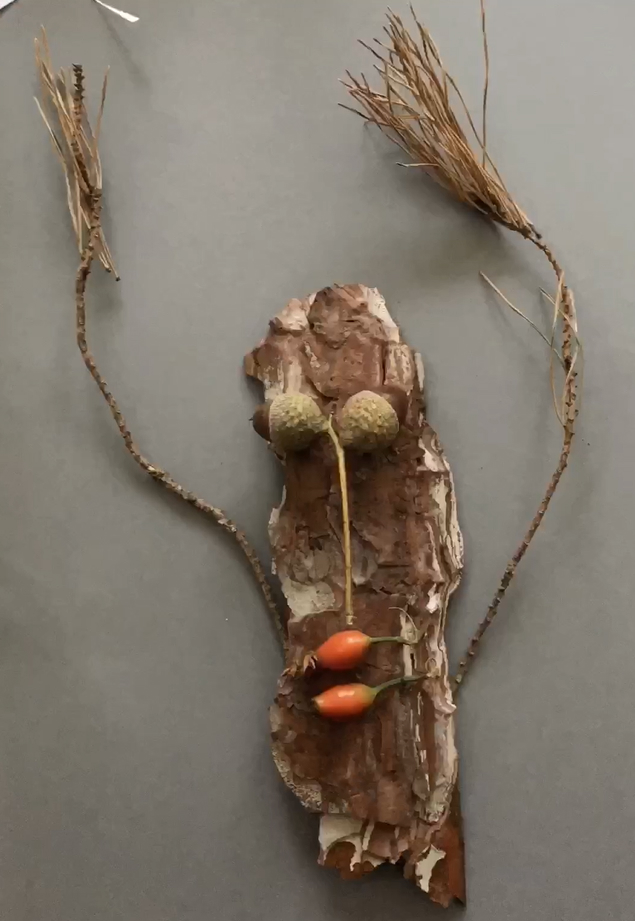All the People I Drew Changed my Life
September 2022Following a brief to introduce our practice and artist identity to our third-year tutor, I had three weeks until the deadline to present my game. After developing my rough ideas for a game recording my experiences in a queer bar and exploring the idea of dressing queer. I started prototyping to ensure I can execute all the mechanics.


To design my characters, I started by taking notes on their personality, quotes, and gifts they would offer to the player. With this information, I created initial concept sketches and digital drawings that I could reference when creating the 3D models in Blender. I decided to go with an unlit shader and a low-poly aesthetic, as it offered a more simplistic approach.



When designing the sketch system, I know art skill is not the main focus of the game, but I still wanted to give players autonomy and the ability to create unique results. To achieve this, I created drawing layers in white, which are colored in game based on the player's choice.
![]()
![]()
As the deadline approached, I was able to implement all mechanics, including dialogue, wardrobe, and sketching, albeit without animation and only having one character present.

February 2023
After completing a dissertation on two autobiographical games , I decided to continue the development as my final project. I reached out to a music student to create the music. When we discussed on the genre of music, I found it difficult to decide as the bar is currently unrealistically empty with only one character. Therefore, I designed three side characters and included the option for the player to listen to their conversations.

I created additional custom scripts for the Yarnscript plugin, so I could easily modify the character's pose and adjust the animation speed.


As I was testing the face rig, I encountered several issues with the stretchy bone not importing correctly into Unity. As a result, it caused distortion in the character's head and body. Therefore, I shifted my focus towards eye movement and blinking animations to convey natural movements.

I observed and sketched people's behavior and movements during conversations, paying particular attention to hand and head movements. Instead of adding more poses where the character would move around a lot between lines of dialogue, I focused on extending each animation and incorporating micro-movements to make them seem more natural.


March 2023
The first draft of the music I received became very intense towards the middle and end, which did not match the pace of my game. Until my collaborater update the track based on my feedback, I am looping the first section, which matched the game better.

To finalize the game before the second presentation, I added options for players to customize their character's skin and hair color at the beginning of the game.


I also updated the title screen to make it neater and more legible.


Saying Goodbye
I added separated tracks of music to FMOD, and controlled the intensity based on the in-game progress. The music loops quietly when the player first enters an area, and as they make more friends, the background gradually becomes more colourful, and the music becomes louder and more vibrant.

I tried to imitate the soft body physics in Unity to create a tactile feeling.

I also optimized the levels to load as additive scenes based on detecting player’s location.

Game Jam Entry - Barbeque with Friends
July 2021I only had one week for this game jam. When I planned out my week, I left a lot of time for figuring out the mechanics, as I know I will encounter problems with my limited programming skills. After deciding the theme, narrative and characters, I started building the scene in Unity. The key mechanics here are the dialogue and quest system. This time I want to include different characters in the same conversation.


I used free 3D assets I could find on the asset store, and drew some placeholders for the dialogue avatar, which I eventually replaced.
I only started making 3d models once all mechanics, and scenes have been implemented. I didn’t like how spacious the prototype looked, so I started with a small plane, so that it doesn’t have a lot of space to fill. This allowed me to make less props without looking lack of a variety.
This time I managed to improve the light settings in Unity to maintain the same quality from Blender, which I wasn’t able to do for my previous project. I didn’t have time for the animation, so when I latercame back to this project, I realised the character mesh were not suitable to rig or animate, thus I will need to remake the models in order to implement animations.





Hurst Meadow
October 2020 - May 2021For this collaboration project, we went into many directions, but adding too many features made it incoherent and left the players scratching their head, not knowing the purpose of the game. So we boiled down to only keep the basic point and click system. Our idea was simple: to make the player experience the park like we did, and observe things with a playful and surreal perspective.



To make the scenes, I started with some quick digital drawings that act as placeholders while I worked on the dialogues. Later, I created the visuals with crayons to achieve a childlike look.
I had five months of break after creating the prototype (second image above). When I came back with a fresh pair of eyes, I noticed how distracting the white background look with other game objects on top, and how unnatural the rectangular border is. When I remade the map, I noted the things I liked about the first prototype, and created an organic shape, with most of the areas colored to make other game objects pop.



The interactable objects has also gone through different updates, some, like the fox, went through a second change after hearing feedbacks from playtesters that to them it appears ‘happy’, as opposed to a more melancholic feel I wanted to convey.



The character idea of the old wise tree came from our experiment on found objects at the park. I had some difficulties translating it into drawing. I realise it’s unnecessary to preserve every details from our inspiration, so I simplified it to its most iconic feature.




Unused elements
When we were still deciding our game features, we wanted to have a stamp-collecting system that give the player reward for exploring different part of the park. A short animation will play as the reward, and the goal is to collect all of them. We quicklyscrapped this idea, as it breaks the immersion, and doesn’t add much to the storytelling or gameplay.

Spring Dream
March 2021I wanted to make something personal, to mold the experiences I had into the form of a game. However, I was over-enthusiastic on worldbuilding and symbolism without considering my capabilities. Therefore, I only completed a 3D walking simulator in the end. But this project allowed me to get familiar with the process of creating 3D models and importing them into Unity.
(Below: Moodboard, sketches for the scene layout and making 3D typography for the menu.)


I had many scenes in mind, and in order to visualize them quickly, I did some quick modelling and animation in Blender. All of which are made within an hour. They’re not polished, but allowed me to communicate my concepts to others .



Kelly is a multi-disciplinary artist who creates games, illustrations, and books. With a passion for both interactive and print medium, she is particularly drawn to themes of queer identity and autobiography. She likes to tell her own stories through her work, as well as letting other people's voices be heard.
She is passionate about sharing her knowledge with others and collaborates with people to create new and exciting works. Her art celebrates diversity and invites viewers to explore the many different facets of the human experience.
Kelly Liang - Kingston, United Kingdom - kellythekraken@outlook.com



